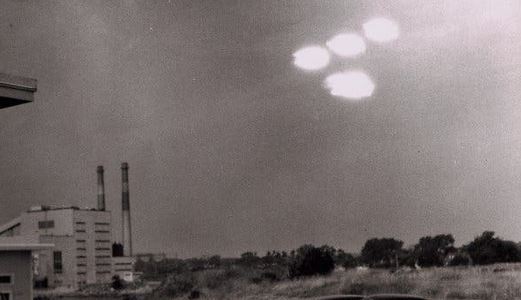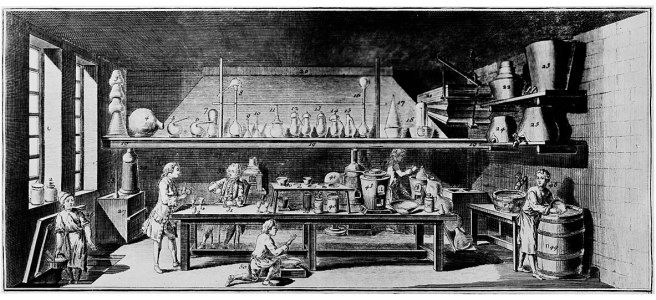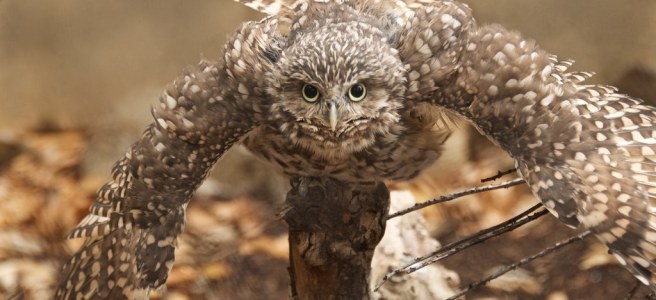These past twelve months have been in retrospect surprisingly remarkable at these Skunkworks. Though it felt like production had slowed, thirty-four posts were published, which is more than one a fortnight(!). More interestingly, I managed to eschew the UFO/UAP stories that made the biggest splash, namely those involving the U.S. government’s renewed overt interest in the matter. The only more mainstream topic I did address was that of Avi Loeb, a topic I finally put to sleep.
The year really began in the spring, with the conference proceedings held to inaugurate the Archives of the Impossible at Rice University. I viewed and commented on all the plenary talks—by Jeffrey Kripal and Jacques Vallée, Whitley Strieber, and Diana Pasulka (Heath).
These plenary talks, and other discussions held around the inaugural conference, raised a persistent and increasingly acute topic of reflection here, the relation between the being and nature of the phenomenon and its meaning. Three posts essay this question: ‘“The theme has vista”: the question of UFO reality and the Myth of Things seen in the Sky’, ‘Getting to a root of the matter: a “radical” “theory” of the UFO Phenomenon if not the UFO-in-itself‘, and “A Note on Cultural Seismology…”.
March was also the month that began the publicity for Jeffrey Kripal’s new book, The Superhumanities: Historical Precedents, Moral Objections, and New Realities. Kripal gave a remote lecture on the topic, to which I reacted at length. I was also prompted, in part by having to object to some criticisms of Jacques Vallée’s The Invisible College levelled by Robert Sheaffer, to relate some of those earlier ideas of Vallée’s to Kripal’s project.
Vallée’s earlier work, Passport to Magonia, also gave me the opportunity to extend, broaden, and deepen my forays into the social significance of the UFO myth, in this instance, its colonialist unconscious. Not unrelated were the posts devoted to nonhuman life, the abstract concept of technology at work in ufology, and the textuality of the phenomenon itself.
Spring and Summer saw me in conversation with Luis Cayetano, a conversation that expanded to include the faculty of The Invisible Night School.
Indeed, The Invisible Night School was one of several new research initiatives that caught our attention this past year, including Mike Cifone’s hard-headed Entaus blog (resolutely bent on wringing some coherence out of ufology), Limina: The Journal of UAP Studies, news of the journal’s inaugural symposium this coming February, and the first university-level UAP studies program, at the Julius Maximilian University in Würzburg, Germany.
This coming year, we’d surely like to write more posts! These may include a weekly or fortnightly notice of more mainstream UFO/AUP stories (tentatively titled “What’s Up” or “In the Air”). I hope, too, to return to more fundamental research: continuing to review and study those volumes on Jung’s Ufological bookshelf along with those recently added to the evergrowing research library here at the Skunkworks, more attention to the poetic handling of the myth and more new contributions of my own, and an ever more refined handling of the notion of technology. Likely, the proceedings of Limina‘s inaugural symposium will provide grist for the mill, and the phenomenon itself, in its protean development and our attendant reactions, will doubtless provide some prompts to furrow the brows and click the keys…



